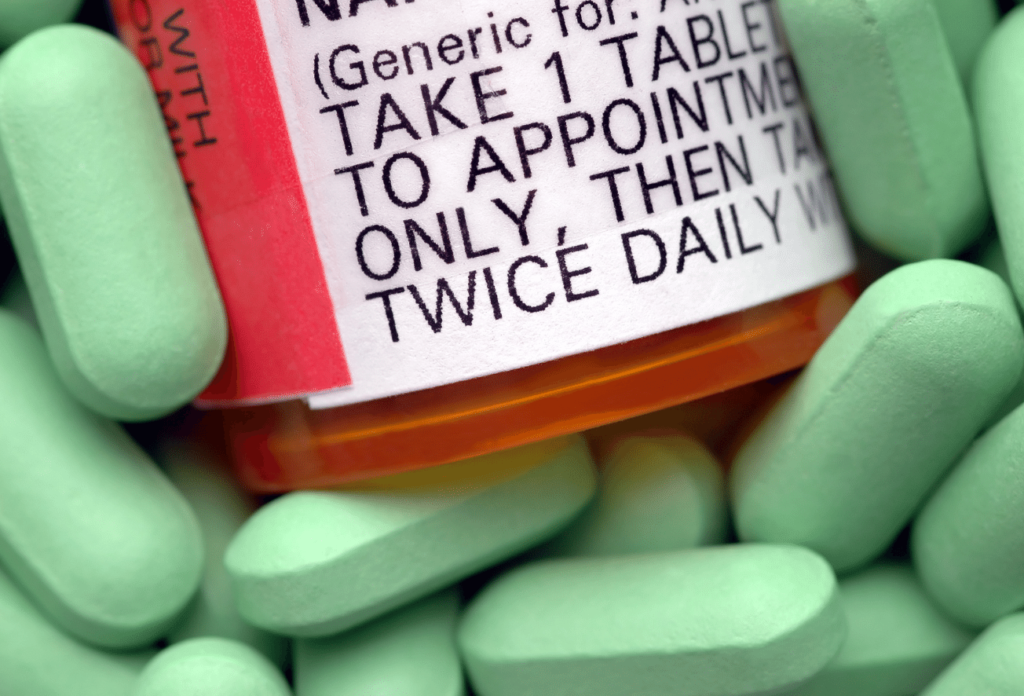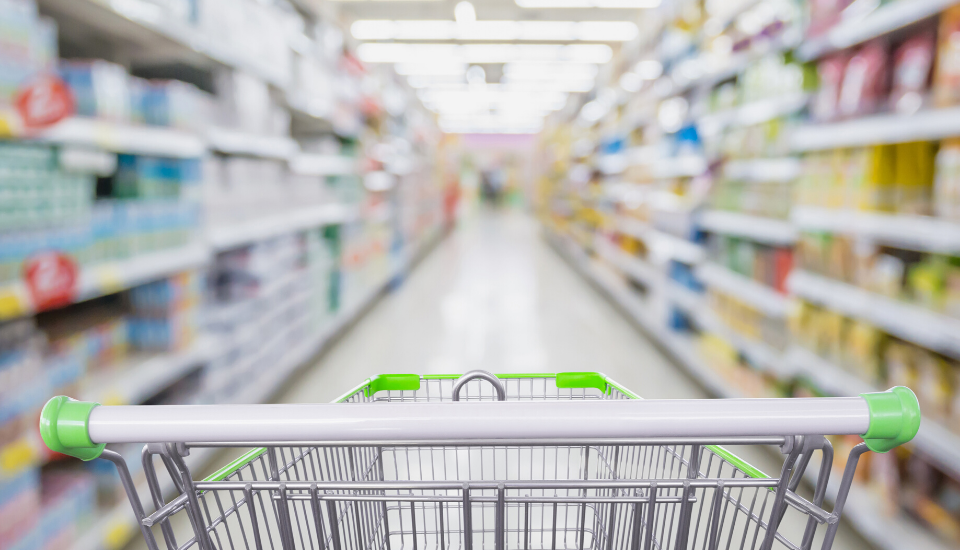
The landscape of chain pharmacy has been evolving for some time. They represent an essential part of the healthcare ecosystem. Chain pharmacy, just like any other, does so much more than fill prescriptions. They are on the frontlines of COVID-19 testing, vaccine providers, and champions of patient engagement to reduce medication nonadherence.
As we sit at a crossroads and a public health crisis, what will the future of chain pharmacy look like? What role will they play in healthcare?
6 Trends that Will Shape Chain Pharmacy
Let’s look at some of the most important trends and their impact on the industry.
Medication Nonadherence

Medication nonadherence has serious consequences. Studies suggest 20-30% of medications go unfilled. Further, 50% of medicines for chronic diseases are not taken as prescribed. Because of this, it costs the healthcare system at least $100 billion each year.
These numbers are rising during the pandemic, as access becomes an even bigger problem. Beyond access and mobility issues, other issues contribute to this, including the inability to pay for the drugs and patients not understanding the benefits of taking their medications correctly.
Chain pharmacy can be part of the solution. One strategic way is to use their own data. By employing analytics tools, pharmacies can identify those at risk for medication nonadherence and develop outreach programs to engage these patients. For instance, if mobility is the challenge, pharmacies can inform consumers of their delivery or mail order services.
The Rise of the Digital Pharmacy
Digital pharmacy became a huge factor in the industry when Amazon purchased PillPack. They simply applied their eCommerce model to prescriptions, and consumers appreciate the convenience and simplicity. Since then, many other digital pharmacies are entering the market to meet the demand, with strong funding behind them.
Chain pharmacy could shift to digital, although they still work in a model where the in-store experience matters. Why? Because they sell much more than prescriptions. They do have eCommerce platforms, but they aren’t true digital pharmacies. How they decide to act on this new disruption remains unknown. Experts think they’ll take a more hybrid approach, as they understand the drive for consumers centers around making things easy.
Expanding Care
A pharmacist is a care provider. They do much more than fill prescriptions and are often a source for the community to receive vaccines. That’s only a small aspect of care but will become much more significant when an approved COVID-19 vaccine is available.
Most chain pharmacy players have attempted to become care centers. Some moved away from this because of complexities and profitability, while others expanded. That’s because many U.S. consumers don’t have primary care physicians. They depend on urgent care type of clinics to serve their basic health needs.
If demand for this continues to grow, then these organizations may decide to move to make it a core function or abandon because it doesn’t drive the revenue they expect.
Acquisition and Consolidation
The pharmacy world is seeing more consolidation. Pharmacy acquisitions occur frequently, and more often, chains are the buyers. They may or may not choose to keep a location open, depending on its proximity to existing stores.
On the one hand, this can cause more pharmacy deserts—areas without nearby access to a pharmacy. Conversely, the new location may have more resources to expand care services and serve the community better.
The Power of Data

Every company realizes the value of its data—healthcare is no different. As noted earlier, it can be a great tool to address medication nonadherence. But the opportunities here are even greater.
Pharmacies can use patient data to develop personalized experiences based on their chronic conditions. They can also use it as a way to retain patients, which is extremely critical. For example, if you could see who hasn’t been in your store for a certain period, and then disperse a campaign to reengage them, it could reduce your patient churn.
The Bigger Picture of Health
One of the biggest challenges the healthcare system in the U.S. faces is a lack of structure. Consider the path of a patient:
- Initial consultation with a specialist doctor
- Lab work at a separate facility
- Back to the physician for diagnosis
- Prescription pickup at the pharmacy
These inefficiencies put unnecessary strains on the healthcare system with opportunities in every step for the patient to abandon efforts. All these clinicians are using different platforms, so data exchange is difficult, which impacts care continuity.
Could the future combine all these services under one roof? Will healthcare systems, labs, and pharmacies partner to streamline the process? If no one’s talking about this, they should be. It could reduce costs and ensure better care, which should be the objective of every healthcare stakeholder.
Chain Pharmacy: What Are Your Predictions?
As a partner to chain pharmacy, we’re always trying to anticipate the next big thing. We want to support our customers better and start conversations and be a voice of change for healthcare, in general. What are your thoughts about the future? We’d love to hear them.



